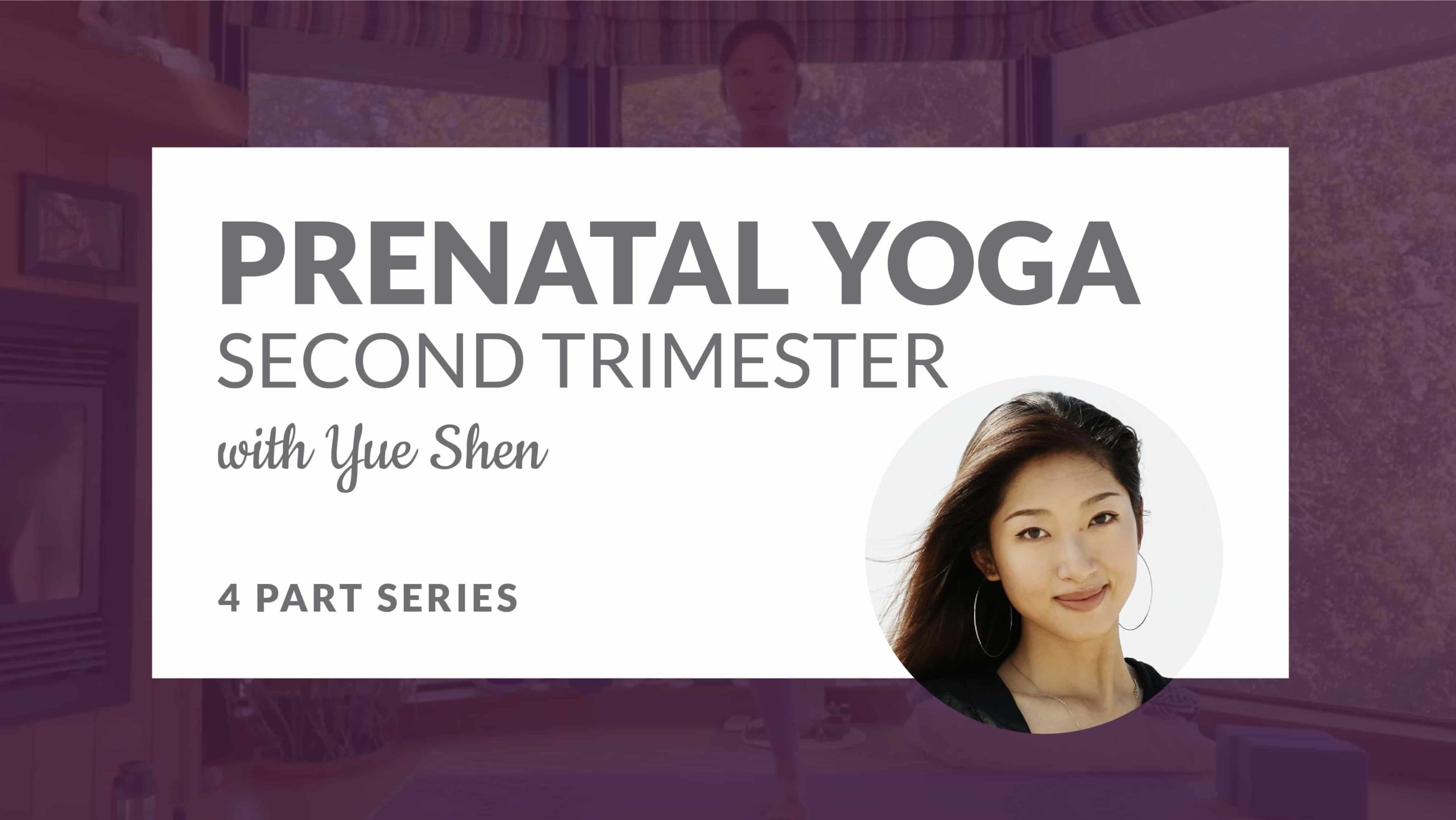I first heard about Ayurveda (pronounced “r-u-veda”) while taking my yoga teacher training. I was attending this amazing, donation-based training in Denver, which made yoga (including an ayurvedic lifestyle) available to all populations. During training, we were presented with a day of lecture, chanting, yoga, and pranayama through the lens of Ayurveda, which is known as the sister science of yoga. I was immediately intrigued by – but definitely skeptical of – this side of yoga I’d never heard about.
The instructor informed us that putting a rolled up scarf under the armpit can change which nostril breath primarily flows out of – how strange but interesting. Through the teaching day, she was only eating fruit as a way to stay light and clear for her long day of instruction. On the other hand, I was probably snaking on a huge turkey sandwich at this time with a voracious appetite, due to undiagnosed digestive heat, pitta or tikshna agni, and blood sugar imbalances. I needed to eat a lot or I would get downright “hangry.” In any case, I couldn’t fathom how someone could fast a whole day on fruit without extreme hunger!
This intro was enough to have me intrigued, and today, well over a decade later, I’ve been leading similar introductions, cleanses, and trainings to all interested parties (albeit I eat more than fruit and I rarely mention the scarf nostril trick!). It turns out that Ayurveda, though less well known in the West, has always been a major part of yoga and yogic lifestyle. Being one’s most healthy self is paramount to a peaceful mind, steady yoga practice, and fulfilling life. Ayurvedic practices are one way to achieve such health.
In fact, yoga was originally practiced through the lens of Ayurveda because centuries ago people lived a lot closer to nature. Today in Ayurveda, there is a focus on prevention and health promotion so that we align with the environment on a microcosmic, personal level and on a macrocosm, global level.
Ayurveda follows the rhythm of the seasons in each season; diet, lifestyle, clothing, exercise, herbal medicine, activity, and sleep patterns are adjusted according to what will bring the most balance. Throughout our life, we also follow the rhythm of life and there are similar adjustments to accommodate infancy, childhood, adulthood, and older age.
According to a Sanskrit quote in Sushruta Sutrastanan (15/41), an ancient Ayurvedic text, a perfect, health picture is indicated by sama, or “balance,” physically, mentally, spiritually, and emotionally:
“Sama Dosha Sama Agnischa Sama Dhatu Mala Kriya
Prasanna Aatma Indriya Manaha
Swastha Iti Abhidheeyate”
Let’s break this down:
- Physical Health | Sama Dosha: The doshas are a combination of the five elements: space, air, fire, water, and earth. They are considered biological energies found throughout the human body and mind complex, and used in Ayurveda as a system of genotype (DNA presentation) presented by phenotype (observable characteristics). The doshas govern all physical and mental processes and provide every living being with an individual blueprint for health and fulfillment. For optimum health, the three doshas must exist in their normal range, display their normal characteristics, and perform their normal functions according to one’s particular constitution.
- Vata is composed of space and air.
- Pitta of fire and water.
- Kapha of earth and water.
- Digestive Health | Sama Agni is one of the most important principles in Ayurveda. It’s not the known quote “you are what you eat,” but “you are what you digest” that is most crucial to health and well-being. We digest and process all aspects of life; including food, experiences, thoughts, and sensory inputs. Agni, or “digestive fire,” aids in the absorption of nutrients. When agni is strong, the body is able to efficiently digest food, and the mind can appropriately assimilate experiences. On the other hand, if agni is weak, the body won’t completely digest food, the mind will be confused, and this creates an undigested residue called ama, which lodges deep in the body. (More on ama in the spring.)
- Tissue Health | Sama Dhatu: There are seven primary tissue structures of the body which are constantly being built up and broken down. In Ayurveda, the tissues are plasma, blood, muscle, adipose, bone and marrow, nerve, and reproductive tissues.
- Balanced Waste Products | Sama Mala: Malas are the various waste products produced through metabolic functioning. The three primary wastes are: feces, urine, and sweat.
Combined Ayurveda clearly states that health is achieved and maintained through the balance of elements, doshas, dhatus, and waste products. Each contribute to a dynamic balance similar to the concept of homeostasis. When any of the above are imbalanced, poor health will ensue.
Additionally, mental, emotional, and spiritual aspects are foundational to the definition of health. Prasanna is a pleasant, joyful disposition in the following areas:
- Aatma (“soul”): This also refers to individual consciousness. The soul’s health is more of a spiritual component rather than a physical one. How an individual may find this portion of health varies and perhaps include ethical living, purpose, introspection, understanding, spiritual connection, and consciousness.
- Indriya (“senses”): Each sensory input from the five senses (sight, smell, taste, hearing, and touch) is direct contact with reality. When in health, the sense organs are accurately utilized and appropriately reporting to the mind via the interface with input, objects, and the world.
- Manas (“mind”): In a healthy state, the manas is content, calm, and balanced. In today’s medical terms, manas is considered sound, mental health.
What stands out in the Ayurvedic definition of health is that it’s so broad and encompassing. Unlike in today’s modern, medical definitions of health, absence of disease is not the only indicator of health. The last line restates swastha, “health or being in one’s natural state.” Health is when the body, mind, and soul are in an aligned state – and it’s an ongoing process.
Soon after my initial introduction, a friend told me they wanted to go to Ayurveda school. I heard the voice (like the little sister I am) inside of me saying, “Me too.” I’d learned a lot more through self-study and proximity to community by being immersed in a yogic lifestyle. I no longer got starving after exercise, nor was I as addicted to exercise, my digestion had improved, and I was the happiest and healthiest that I’d been to that date. These changes were all due to Ayurveda and yoga, and I couldn’t get enough of learning and self-discovery.
Today, as an Ayurvedic practitioner, I have patients come in all of the time with their own anecdotal experience of health improvements from simple, Ayurvedic changes we discussed six or 12 months prior. I hear things like:
- “I sleep great.”
- “I no longer have sinus issues.”
- “I am not craving sweets.”
- “My family is happier eating together now that they love Ayurvedic food.”
Initially, I suggest evaluating your health from a broad perspective. To determine which area of your life modifications might be helpful in, begin using the lens of the five elements, seasons, and digestion, as well as mental, emotional, and spiritual aspect. Start to check-in with each area to see if there’s a balance. If not, start considering how we might make simple changes to sensory inputs, food, diet, and lifestyle to find optimum health.
Much of Ayurveda is self-care, learning to eat what is good for the body in the appropriate seasons. Ayurvedic practitioners can help evaluate and treat conditions to bring more balance. Seasonal work (such as cleanses) may be helpful to reset health for the year.
For the next few months, I will be offering articles focusing on various aspects of Ayurveda; including constitution, treatment options, self-care, and more. I’m looking forward to sharing this spark with you and hope it invites some of the lifestyle into your home and life, and that it serves you.
For further reading on getting started with Ayurveda, get started with Vasant Lad’s books, which have wonderful self-care modalities to learn how to best care for your unique constitution.

















One reply on “Understanding Ayurveda: Health According to Yoga’s Sister Science”
I just finished winter cleanse at Breathe Together Yoga with You and found a profound improvement in my health.
As a result, I have eliminated gluten and sugar for the first time. I have found many benefits an improved general well being. Now that I am on the bandwagon I feel brighter and lighter. My digestion is regular and normal. After my liver failed 4 years ago I am now back on track and getting off long term medication in part due to my improved health. Thank you for the cleanses and the above article on Ayurveda science. Namaste